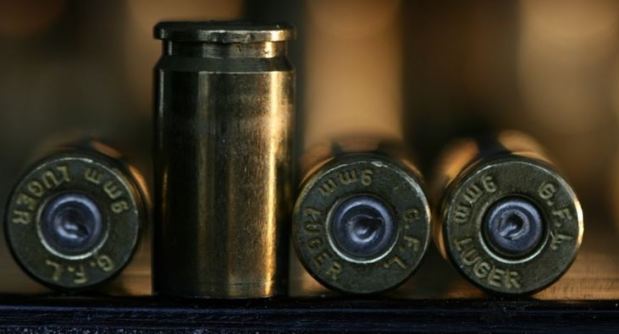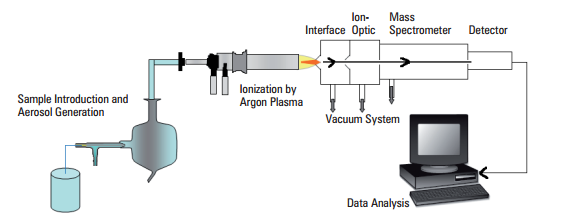Fingerprints are something of a staple in forensic science. For over 100 years we have used the unique details of fingerprints to identify victims and suspects, and draw connections between people and objects to place suspects at crime scenes. Fingermarks are encountered on all kinds of surfaces that can have an effect on how easy it is to visualise the mark and for how long the mark persists. As a result, the market is flooded with products for developing fingerprints, from powders to glues to chemical reagents.
Despite the options available, some surfaces, for instance metals, still prove somewhat tricky when it comes to developing prints. This is due to various factors, such as how the chemical results in the fingermark and developing reagents may react with the surface. This is obviously problematic when trying to obtain fingerprints from knives and firearms, a matter of particular importance right now worldwide. For years researchers have been examining methods of improving the detection of fingerprints on metals, including metal vapour deposition and different chemical reagents, but reliable techniques are still few and far between.
Researchers at the University of Nottingham and University of Derby in the UK are using analytical chemistry to solve this problem. Using a technique called Time-of-Flight Secondary Ion Mass Spectrometry, or ToF-SIMS, researchers have developed a way of producing images of fingerprints of various metal surfaces. ToF-SIMS utilises an ion beam which is passed along the surface of the sample, causing ions (charged chemical components) to be emitted from the sample. These are then analysed by mass spectrometry and the results used to produce a kind of map of the surface.
Researchers deposited fingermarks on various types of commonly-encountered metals, such as stainless steel and aluminium, and studied the effects of time on the ability to visualise the prints. Cyanoacrylate (or superglue) fuming, a traditional technique particularly popular when analysing metal surfaces, proved to be unreliable, with the print’s quality degrading rapidly or disappearing completely in just a matter of days. However using this new mass spectrometry-based approach, fingermarks could be visualised in samples up to 26 days old, a vast improvement on traditional methods.
The high-resolution images produced sufficient detail to not only observe ridge detail in the marks, but even the shape and position of individual sweat pores. Furthermore, and perhaps most importantly in a forensic context, the technique is non-destructive. Current methods of visualising fingerprints tend to involve adding a powder or chemical to the print, inevitably altering and potentially contaminating it. But the use of ToF-SIMS ensures the print remains intact, so further development or analysis techniques can be employed if required.
By enabling the visualisation of fingerprints that previous techniques may have failed to reveal, this method has the potential to not only aid investigators as they face the ongoing rise of knife and gun crime, but could also be applied to cold cases. However it is important to note that fingermarks deposited as part of research are not always indicative of real-world samples. In reality the fingerprints we leave behind can vary greatly in the amount of material deposited and the type of material being left behind. Traces of anything handled can be deposited in the fingermark, adding many potential variables to the real-world applicability of this kind of work. Despite this, the study demonstrates a promising new technique for the development of fingermarks on metals, which could have great implications in the investigation of violent gun and knife crimes.
Thandauthapani et al. Exposing latent fingermarks on problematic metal surfaces using time of flight secondary ion mass spectroscopy. Science & Justice. 2018, 58(6).






